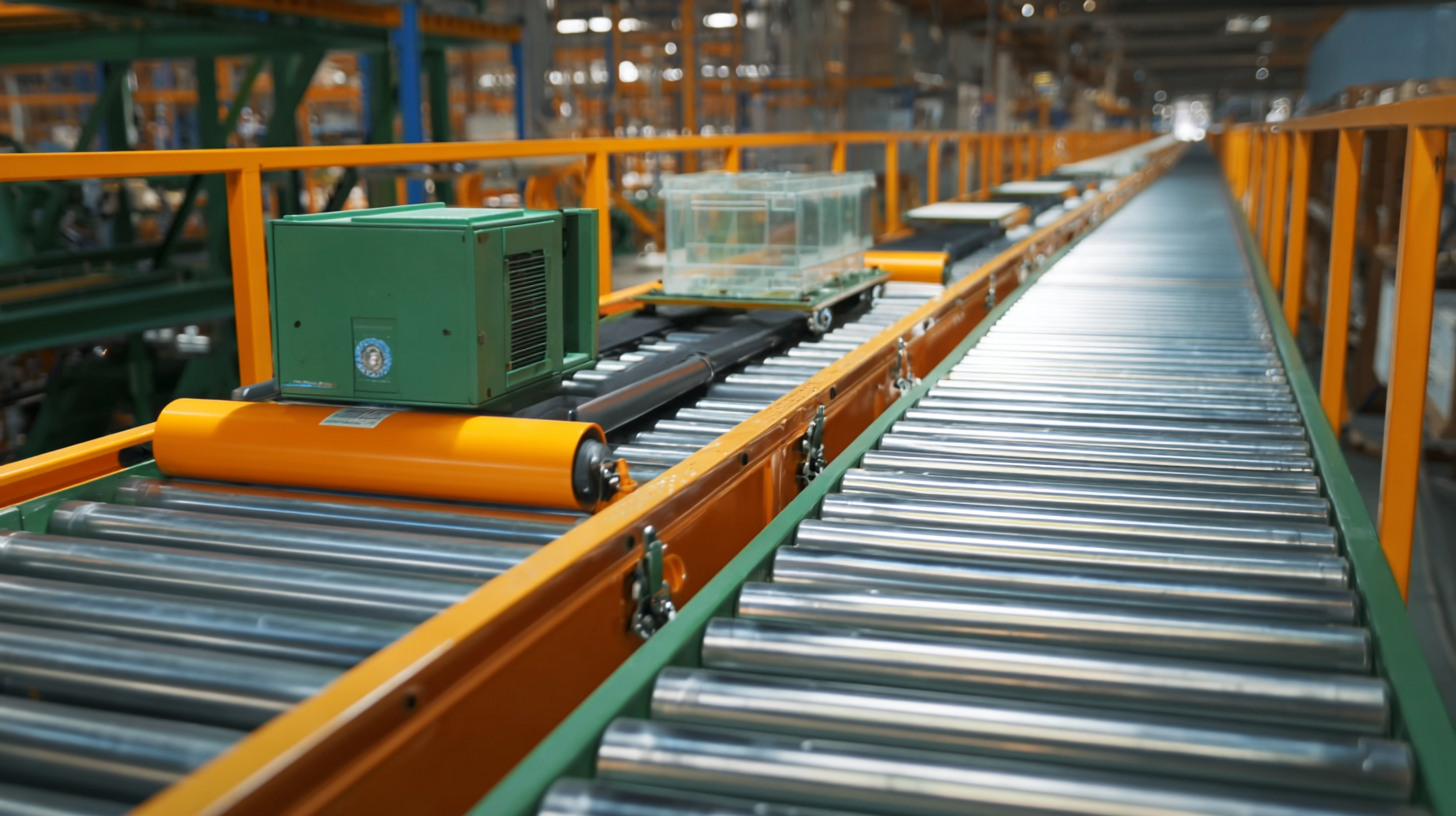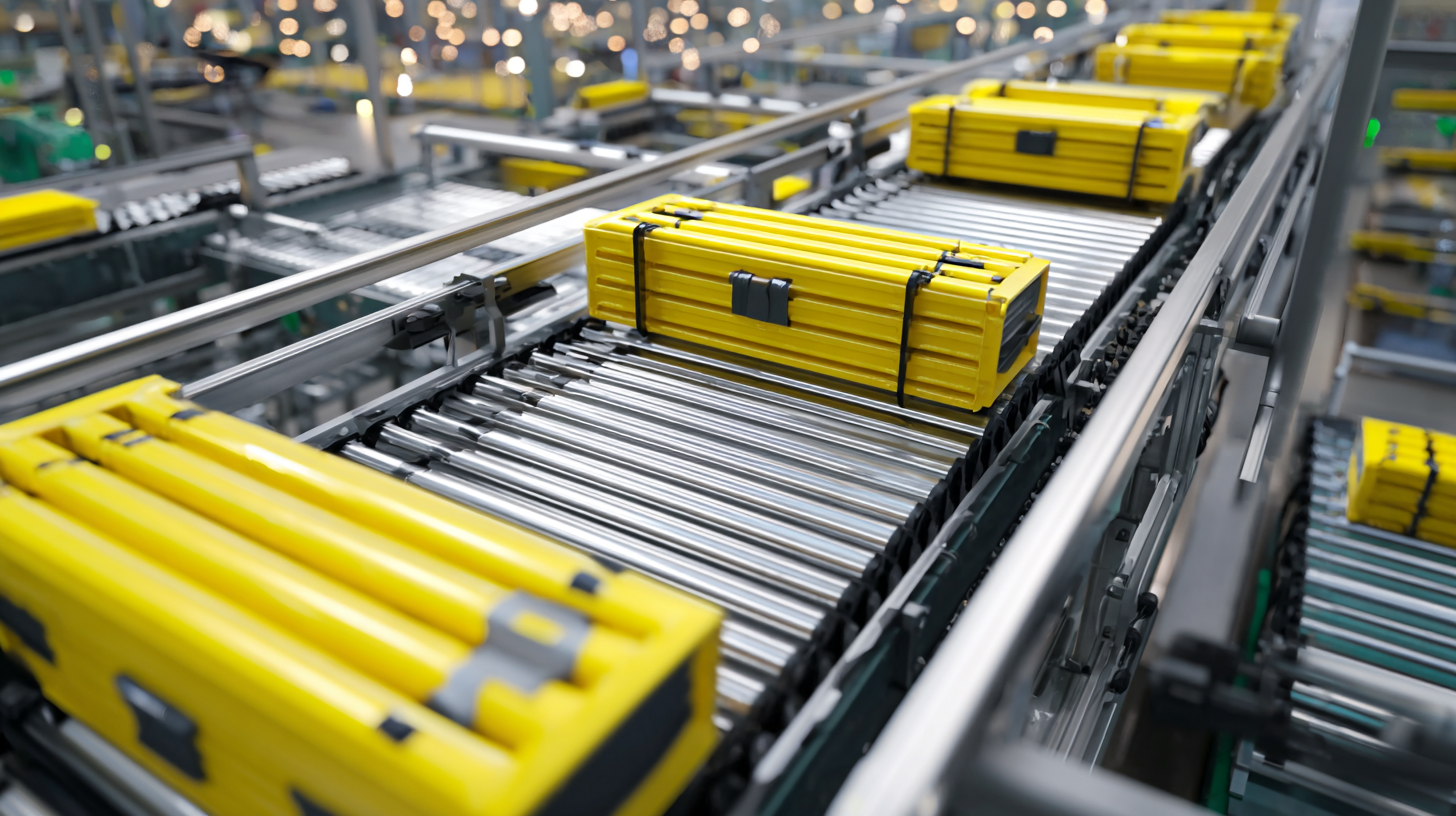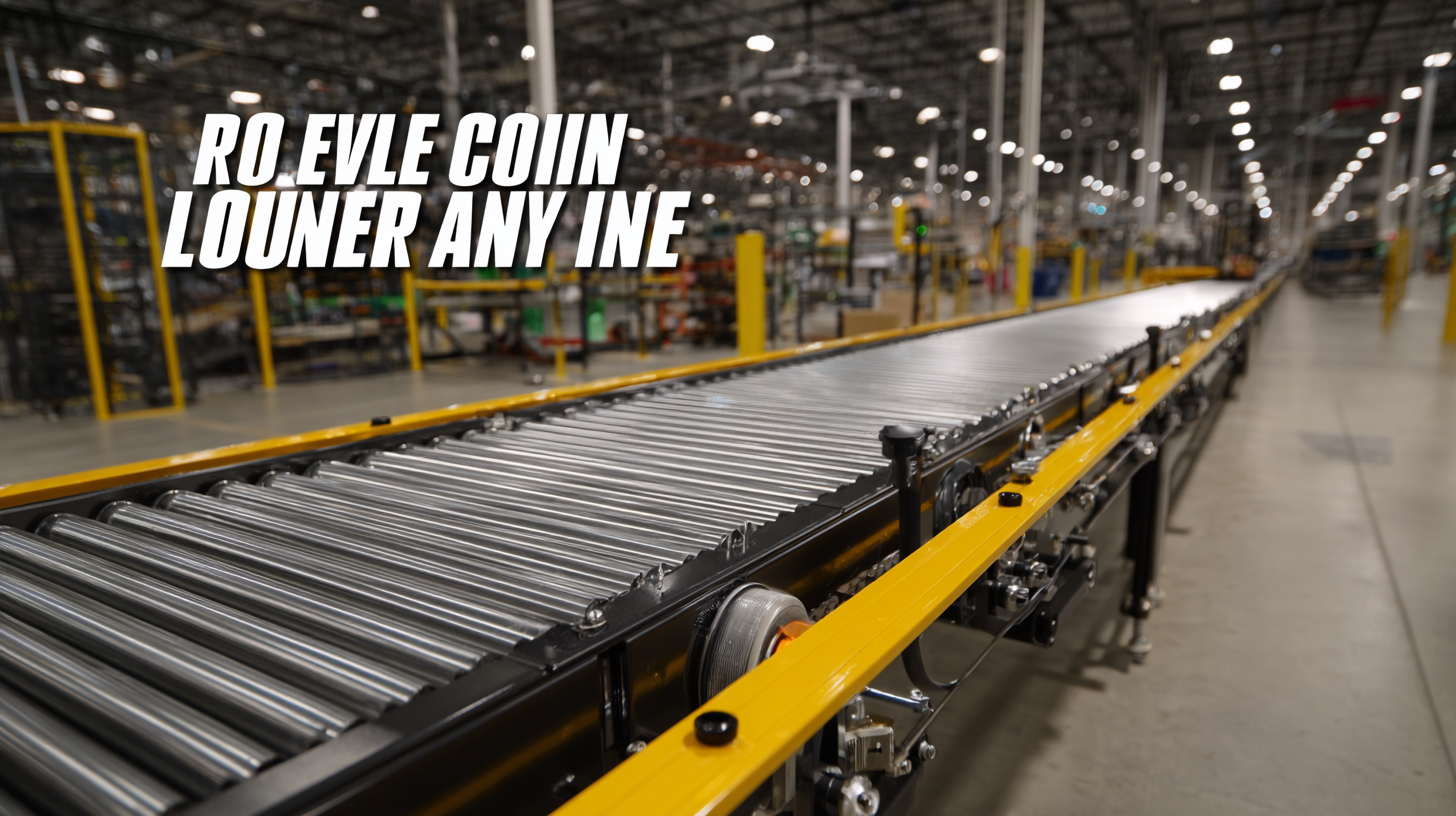In the rapidly evolving landscape of manufacturing and logistics, the efficiency of systems like the Heavy Roller Conveyor Assembly Line is becoming increasingly critical. According to a recent industry report by the Material Handling Industry of America, the market for conveyor systems is projected to grow at a compound annual growth rate (CAGR) of 4.5% through 2025, driven by the rising demand for automated solutions in production lines. This highlights the essential role that well-optimized conveyor systems play in enhancing productivity and reducing operational costs. As businesses strive to maximize their assembly line efficiency, understanding the intricacies of the Heavy Roller Conveyor Assembly Line is paramount. This blog provides ten essential tips that will help manufacturers streamline their operations, improve throughput, and harness the technology trends shaping the industry’s future.

When designing a heavy roller conveyor system, understanding the essential technical specifications is crucial for optimizing assembly line efficiency. First and foremost, consider the load capacity of the conveyor. Each component, from rollers to frames, must be engineered to handle the maximum weight expected during operation. This ensures durability and prevents breakdowns that could hinder production. Additionally, the roller diameter plays a vital role in reducing resistance and facilitating smoother material movement. A larger diameter not only decreases friction but also prolongs the life of the conveyor.
Another critical aspect is the selection of the right materials for both the rollers and the conveyor framework. High-quality materials such as steel or reinforced composites can significantly impact the system’s performance by offering increased strength and reduced wear. Furthermore, the layout of the conveyor system must be carefully planned to accommodate optimal flow. By minimizing sharp turns and inclines, the conveyor can maintain speed and efficiency while reducing the risk of product damage. In sum, attention to these technical specifications will form the backbone of a successful heavy roller conveyor assembly line, paving the way for streamlined operations and increased productivity.

When optimizing an assembly line featuring heavy roller conveyors, understanding the key components necessary for seamless integration is crucial. First, consider the conveyor belts themselves. Select high-quality rollers with the right bearing types to ensure smooth movement and minimal friction. Regular maintenance of these components is vital to prevent unexpected downtimes that can disrupt the entire workflow.
Another essential component is the alignment of conveyors. Misalignment can lead to increased wear on the rollers and components, impacting overall efficiency. Implementing precision alignment tools and conducting routine checks can help maintain optimal positioning. Additionally, integrating sensors can provide real-time feedback, allowing for immediate adjustments and minimizing errors.
Moreover, investing in a robust control system greatly enhances assembly line efficiency. Automated controls can streamline operations by synchronizing different machines and conveyors, reducing manual intervention. This not only speeds up productivity but also improves safety by minimizing human error during operations. By focusing on these key components and implementing best practices, companies can significantly enhance the effectiveness of their assembly lines.
Assembling heavy roller conveyors can be a complex task,
but following a structured approach can enhance efficiency significantly. Start by carefully reviewing the assembly
instructions provided by the manufacturer. This ensures that all
components are accounted for and that you understand how each part fits together. A crucial tip during this
step is to organize your workspace. Keeping tools and parts neatly arranged
not only saves time but also minimizes the risk of errors during assembly.
 Once you have your workspace sorted, begin with the frame assembly.
Ensure that the frame is level and secure, as this foundational step is critical for the entire conveyor
system's operation. Pay attention to the alignment of the rollers;
misaligned rollers can lead to increased wear and potential breakdowns.
Regularly check the tension in the belts and the alignment as you progress.
Another valuable tip is to have a second pair of hands, if possible; teamwork
can streamline the process and enhance precision.
Once you have your workspace sorted, begin with the frame assembly.
Ensure that the frame is level and secure, as this foundational step is critical for the entire conveyor
system's operation. Pay attention to the alignment of the rollers;
misaligned rollers can lead to increased wear and potential breakdowns.
Regularly check the tension in the belts and the alignment as you progress.
Another valuable tip is to have a second pair of hands, if possible; teamwork
can streamline the process and enhance precision.
Lastly, once the conveyor is fully assembled, don’t forget to conduct thorough testing before putting it into operation.
This includes checking for smooth movement and addressing any
abnormal noises. By implementing these tips and adhering to a step-by-step
assembly guide, you’ll ensure that your heavy roller conveyor operates at optimal efficiency
from the very first use.
When assembling heavy roller conveyor systems, manufacturers often encounter various challenges that can hinder efficiency. One common issue is misalignment of the rollers, which can lead to uneven wear and increased downtime. To combat this, it is essential to implement precise alignment tools during installation and regularly scheduled maintenance checks. Additionally, ensuring that all components are compatible and correctly fitted can help minimize friction and prevent breakdowns.
Another significant challenge is handling the weight of heavy loads, which can strain both equipment and workers. Utilizing ergonomic tools and conveyors designed to withstand heavy loads can mitigate the risk of injury and enhance overall productivity. Investing in automated systems can also streamline operations, reduce manual labor, and maintain a consistent workflow. By addressing these common challenges with targeted solutions, assembly line efficiency can be greatly improved, resulting in a smoother operational process and increased output.
In an era where efficiency and precision are paramount in industrial operations, enhancing conveyor system performance is essential for any assembly line utilizing heavy roller conveyors. Implementing best practices can significantly improve operational efficiency, reduce downtime, and increase throughput. One effective strategy is to adopt advanced monitoring technologies that enable proactive maintenance of conveyor systems. By predicting potential failure points and scheduling maintenance before issues arise, companies can avoid costly interruptions and enhance overall productivity.
Moreover, focusing on the integration of state-of-the-art controls can lead to smoother operation and improved energy efficiency. The latest trends in hydrostatic transmission systems indicate a growing market, suggesting a shift towards technologies that provide better fuel efficiency and power delivery. Leveraging such innovation not only streamlines operations but also promotes sustainability within industrial practices. Investing in training for employees to understand these systems and their maintenance can further amplify the benefits, ensuring that both personnel and machinery are aligned toward maximizing assembly line performance.
